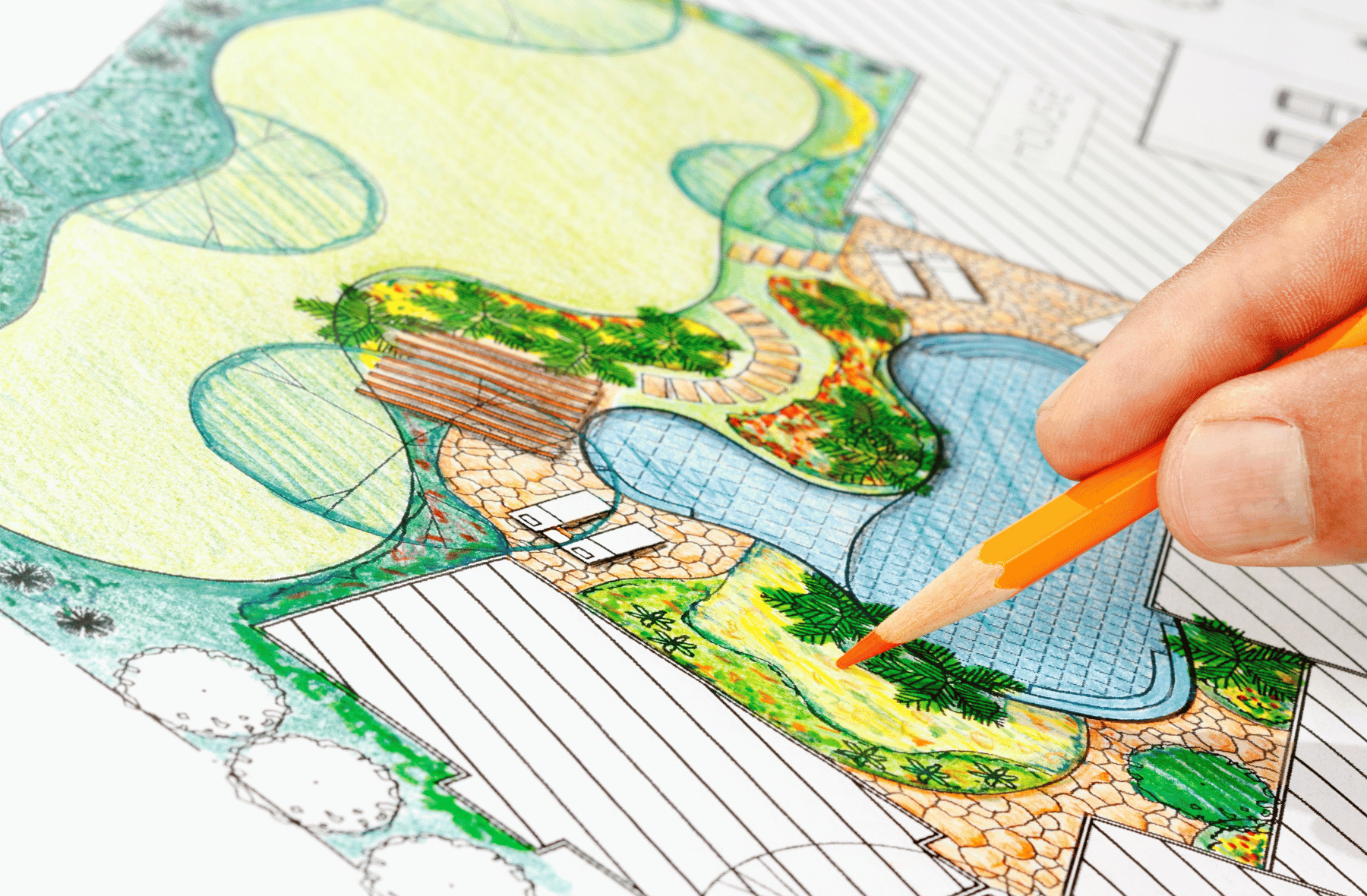PERGOLA
7 Essential Things To Consider When Considering A Pergola
Building a pergola can transform your outdoor space into a stylish and functional area for relaxation and entertainment.
However, to ensure your pergola meets your needs and adds value to your property, several key factors must be considered before starting the project.
Here are some essential points to keep in mind.
1. Purpose and Functionality
Before diving into the design, think about how you intend to use the pergola. Do you want a shaded spot for outdoor dining or a covered space for entertaining?
Determining the primary function will guide your choices in size, location, and design features. For example, if you’re looking for a space to relax, adding comfortable seating and maybe a small table would be ideal.
If you plan to entertain guests, consider a larger structure with room for a dining set or even an outdoor kitchen.

2. Location
The placement of the gazebo is crucial for both aesthetics and functionality.
Consider factors like sunlight, shade, views, and proximity to other areas of your property. You might want a location with a scenic view or a secluded corner of the garden, but also ensure it’s not too exposed to wind.
Avoid areas with poor drainage to prevent moisture issues.
3. Style and Design
Gazebos come in a variety of styles, from traditional Victorian to modern and minimalist designs.
Choose a style that complements your home’s architecture and your landscaping to create a cohesive look.
Also, think about customisation options like benches, railings, or built-in planters, as these can add both style and functionality.
4. Material Choices
Gazebos can be built from various materials, including wood, metal, and vinyl.
Wooden gazebos offer a classic and natural look but require regular maintenance, while metal gazebos are durable and more resistant to the elements. Vinyl is a low-maintenance option that resists rot and pests.
Choose a material that suits your climate, budget, and maintenance preferences.
5. Permits and Regulations
Before building, check with your local government to see if you need permits or if there are zoning restrictions on outdoor structures.
Some areas have rules about the size, height, and location of gazebos, so make sure you’re in compliance to avoid potential issues.

6. Budget
Building a gazebo can be a significant investment, so set a budget that includes not only construction but also any additional features like lighting, seating, or landscaping around the structure.
A clear budget can help you make informed choices about materials, size, and design details.
7. Maintenance Requirements
Consider how much maintenance you’re willing to commit to for your gazebo.
Wooden structures often require more upkeep, including staining or sealing, while metal and vinyl options generally require less attention.
Choosing materials and finishes that align with your maintenance preferences will help keep your gazebo looking great over time.
By carefully considering these factors, you’ll be able to design a gazebo that enhances your outdoor space and suits your lifestyle, providing an enjoyable and lasting addition to your property.
